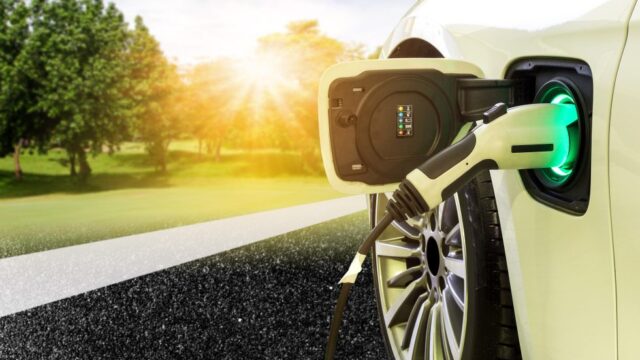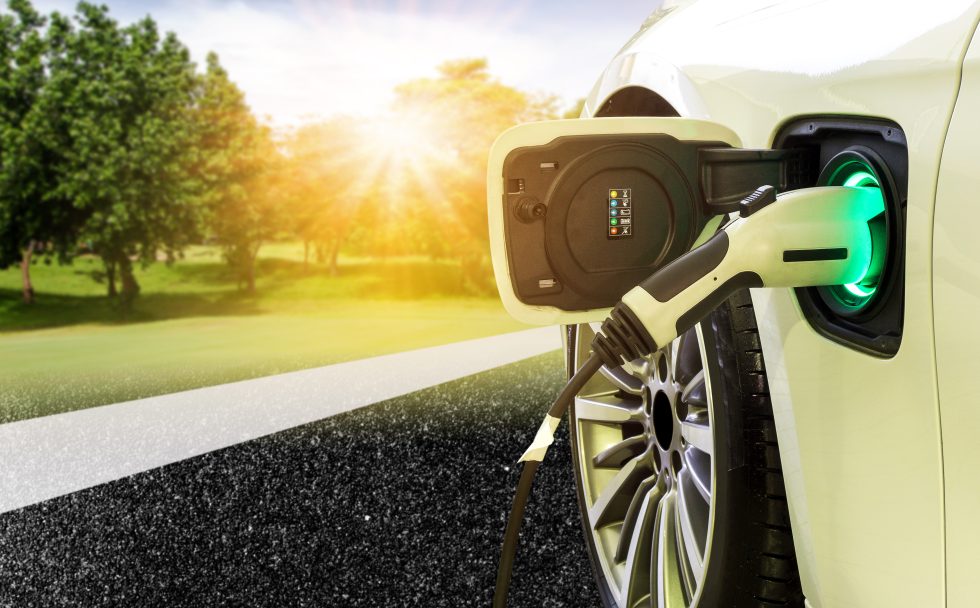The electric vehicle (EV) revolution is no longer a future talking point – it’s a present-day reality.
With battery-powered cars now accounting for nearly one in five new registrations and the government’s zero-emission vehicle targets pushing adoption higher, dealerships are facing a fresh set of challenges in aftersales care and warranties.
While EVs are often sold on the promise of lower maintenance due to fewer moving parts, the truth is more complex.
Repair costs, specialist diagnostics, and new consumer expectations are reshaping the risk profile for retailers. The dealers who act now to adapt their warranty strategies will be the ones building trust and long-term loyalty in the years ahead.
Repair costs: The real story behind the numbers
Recent industry data shows that EV and internal combustion engine (ICE) vehicles have near-identical warranty claim rates – just over 13% for both.
However, when repairs are needed, EV costs come in significantly higher. The average EV warranty claim is around £858, compared with £668 for ICE models, a gap of almost £200 per job.
This difference isn’t because EVs are inherently less reliable. Instead, it reflects the higher cost of EV-specific parts, complex electronics, and the need for specialist labour.
Components such as battery systems, onboard chargers, and advanced climate control units can push repair bills well into four figures. While full battery replacements remain rare, the cost when they do occur can be eye-watering, sometimes stretching into five figures.
For dealers, this highlights a key shift: Stocking EVs is no longer just about meeting demand, it’s about understanding and managing the higher cost implications of ownership.
For buyers, the right warranty has become a critical part of the purchasing decision, helping offset uncertainty over long-term maintenance costs.
The New Fault Landscape
The most common EV warranty claims are telling. Charger ports, tyre pressure monitoring systems, onboard chargers, air conditioning compressors, and auxiliary batteries dominate the list. On paper, some of these sound routine, but their cost profile is anything but.
Charger port repairs may average just over £100, but an onboard charger fault or climate control compressor issue can easily exceed £1,000. These are not occasional outliers; as EV adoption rises, such faults are appearing more frequently in real-world claims data.
This evolution of common faults underscores a crucial point for dealers: EVs may eliminate certain mechanical problems associated with combustion engines, but they introduce new vulnerabilities tied to complex electronics and high-voltage systems.
Warranties and aftersales support need to reflect this shift if customer expectations are to be met.
Closing the Gaps in Battery Cover
Battery warranties are now one of the most important selling points for EVs – yet they’re also one of the most misunderstood. Many OEM packages promise long-term cover, but the small print can leave customers unclear about what’s actually protected.
For example, some warranties only address battery degradation if capacity falls below a certain threshold, often around 70%. The way this is measured can vary widely between manufacturers, leaving scope for confusion and disappointment.
For used EV buyers, these grey areas can quickly erode trust.
Dealers have a clear opportunity to add value here. By working with flexible, independent warranty providers, they can offer extended battery cover that addresses real-world risks and explains terms in plain language.
Until the industry standardises EV battery warranty definitions, transparency and customer education will be the dealer’s strongest tools.
Future-Proofing Aftersales Revenue
The move to electric powertrains has prompted concerns about declining aftersales income, given the absence of oil changes and reduced wear on certain parts. But with the right strategy, EVs can still support a healthy service and warranty business.
Dealers can future-proof aftersales revenue by:
- Offering EV-specific warranty plans built around actual fault and cost data.
- Training staff to understand and explain the unique maintenance profile of EVs.
- Partnering with warranty providers who can tailor cover to evolving customer needs.
By doing so, dealers not only protect their own margins but also strengthen customer relationships – ensuring buyers feel supported throughout the ownership journey.
A Market in Transition
The EV market is maturing fast, and with it comes a new set of commercial realities. Repair costs are higher, fault types are evolving, and manufacturer warranties aren’t always as comprehensive as customers assume. For dealers, waiting to adapt is not an option.
Those who take a proactive approach, offering clarity, realistic cover, and the right educational support, will not only weather the EV warranty wave but turn it into a competitive advantage.
The shift to electric is rewriting the aftersales playbook, and the dealerships that lead now will be the ones defining success in the zero-emission era.
To find out how more, speak to a WSG agent today or visit Dealer Warranties – Warranty Solutions Group.


































